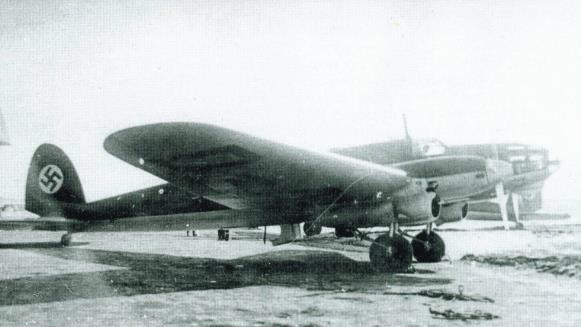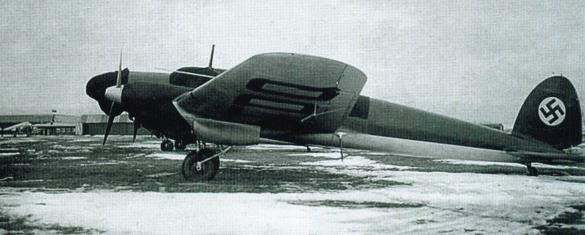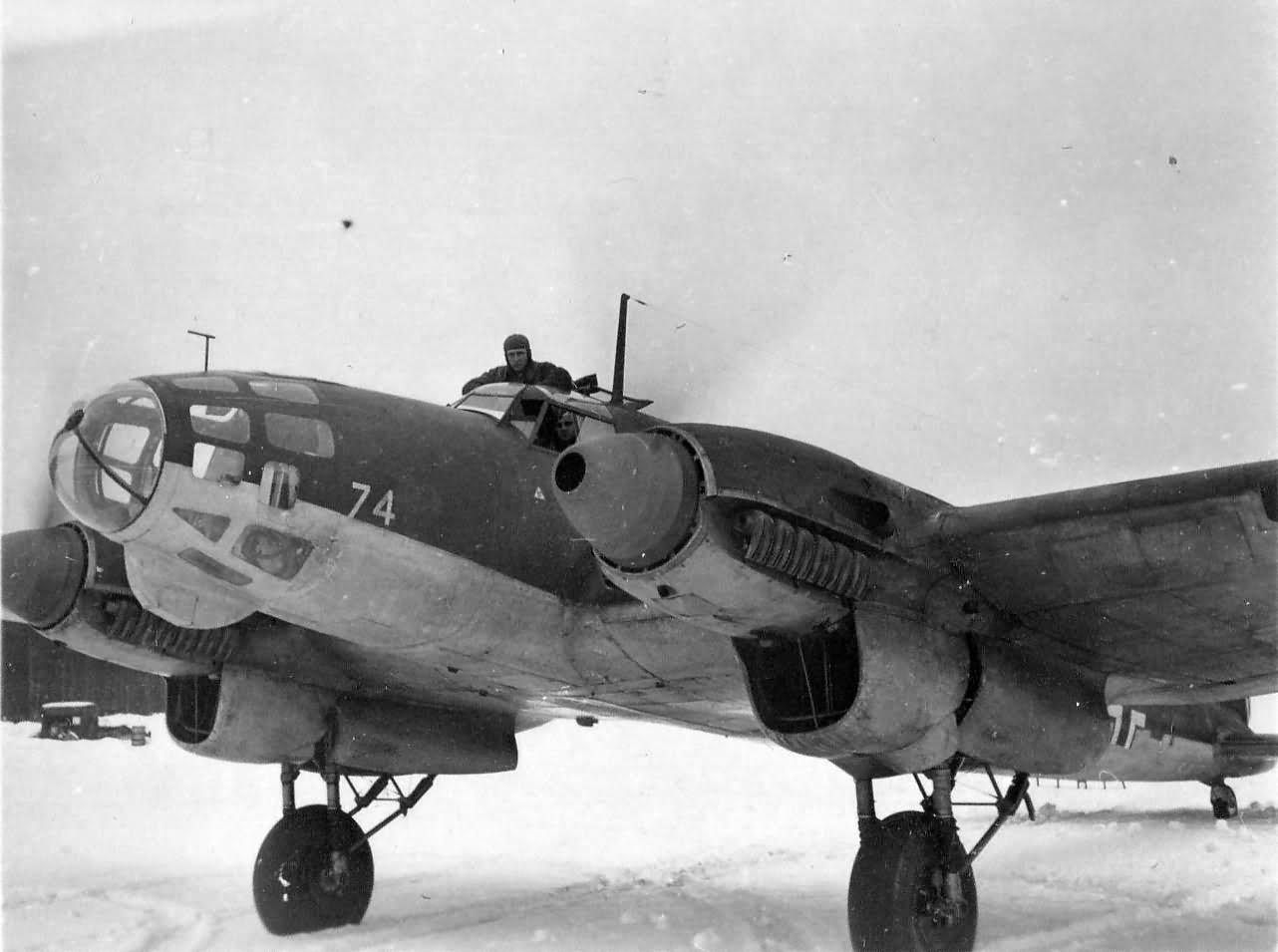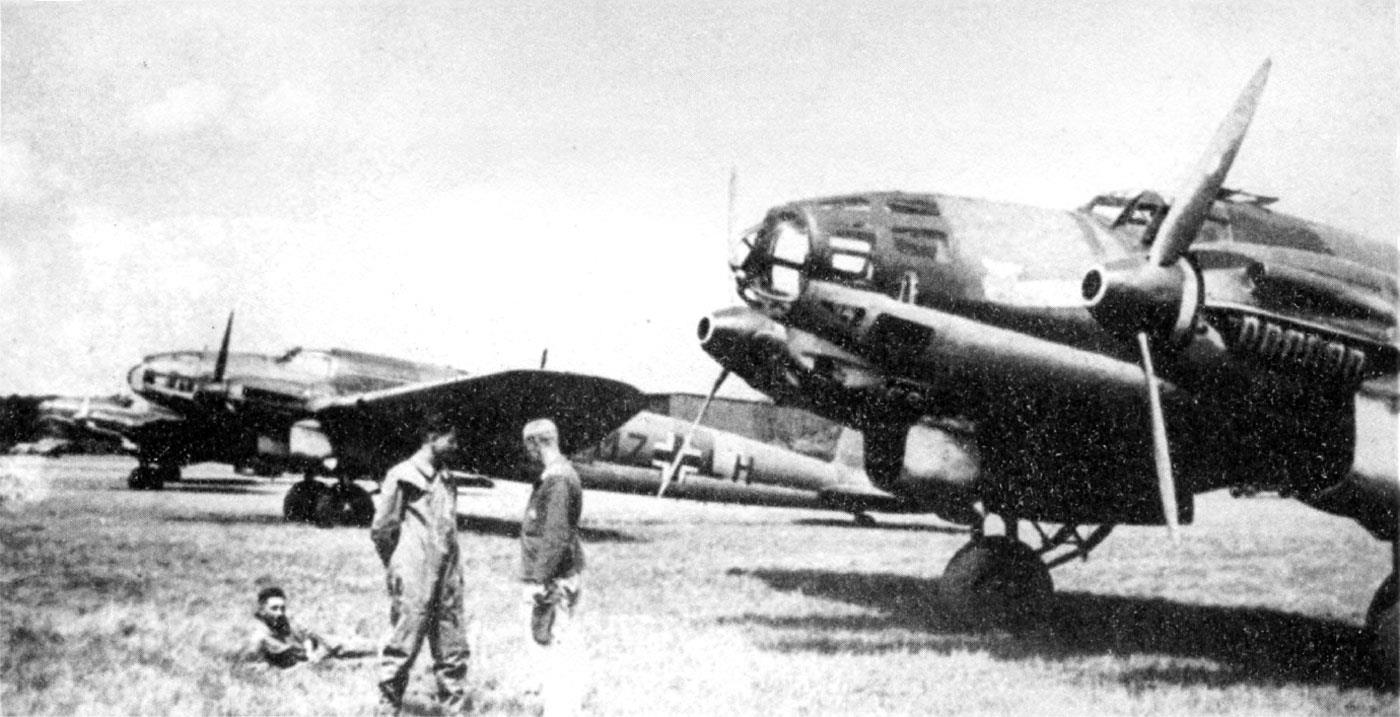| Type | 4-seat torpedo bomber |
| Engine | 2 Daimler-Benz DB Aa |
| Dimensions | Length 16,40 m, height 4,20 m, span 22,50 m , wing area 87,60 m2 , |
| Weights | Empty 6200 kg, loaded 10600 kg, max. take off weight |
| Performance | Max.. speed 440 km/h , cruising speed 360 km/h, range 1800 km, endurance , service ceiling 5200 m , climb |
| Armament | 3 7,92 mm MG 15 , 1 LT F5 torpedo |





